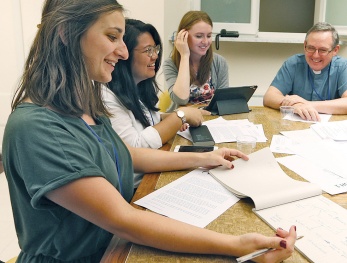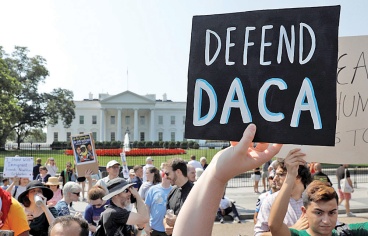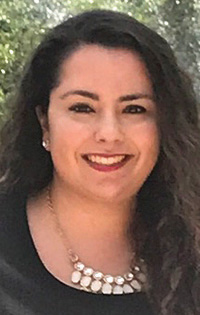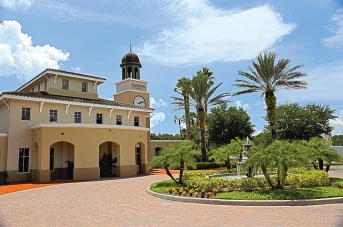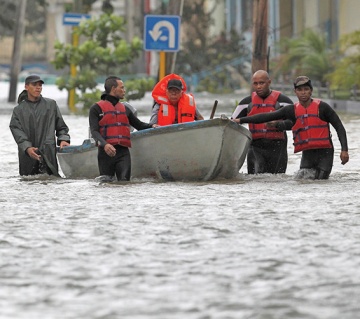BY MARY SOLBERG | FAITHLIFE

Cindy Zemcik
Cindy Zemcik, a longtime parish religious education leader, was recently named the full-time diocesan coordinator of the Office for the Protection of Children and Youth.
Zemcik replaces Karen Streett, who held the position since the inception of the office in the early 2000s.
The Office for the Protection of Children and Youth is responsible for compliance with all mandates of the United States Bishops’ Charter for the Protection of Children and Young People. This includes effective response to abuse perpetrated by church personnel, as well as accountability for diocesan policy regarding abuse of minors.
It’s also proactive in coordinating child protection in-servicing for all adults who minister to children and youth, and the dissemination of information regarding a safe environment for children, parents and the larger community.
This past year, about 14,000 youth in the Diocese of Erie have been trained on issues related to safe environment. Every October, every parish and school must advise the office when young people are in-serviced, and parishes are asked to publicize in their bulletins the official code of conduct and information on safe environments.
“We do everything we can to make sure children are safe,” Zemcik said. “We have to empower our parents and our children with this information. The more you talk to children about what’s right and what’s wrong, the more they may tell you about a problem.”
The diocese consistently has been found to be in full compliance with safe environment practices according to the independent audit firm of Stonebridge Business Partners. The audit is designed to measure the diocese’s compliance with the guidelines of the Charter for the Protection of Children and Young People issued by the USCCB.
The protection of children is of utmost concern to a society that sees many children suffering at the hands of abusers.
According to statistics released in the 2016 Child Protective Services Report in Pennsylvania, there were roughly 3,800 suspected cases of child abuse—sexual, physical or others—in the geographic area that comprises northwestern Pennsylvania.
“This is a serious problem,” said Zemcik, who is the mother of two adult children and the grandmother of three. “I think we miss the signs of abuse. Most people are good people and we don’t want to think that this could happen.”
Zemcik enforced safe environment practices as director of religious education at St. Francis Xavier Parish in McKean the past 25 years. Her experience will go a long way in her new position, according to Msgr. Edward Lohse, vicar general, who oversees the Office for the Protection of Children and Youth.
“Cindy brings a tremendous wealth of experience to her new position, for which I am grateful. She has implemented every version of the diocesan policy for the Protection of Children and Youth since it was first introduced. She has been with us every step of the way, and she has already demonstrated that she is a valuable asset not only to this office, but to the parishes, schools, and other communities throughout the diocese,” Msgr. Lohse said.


